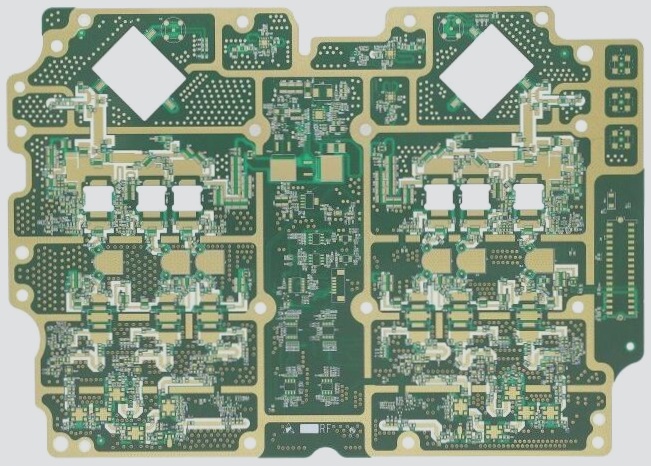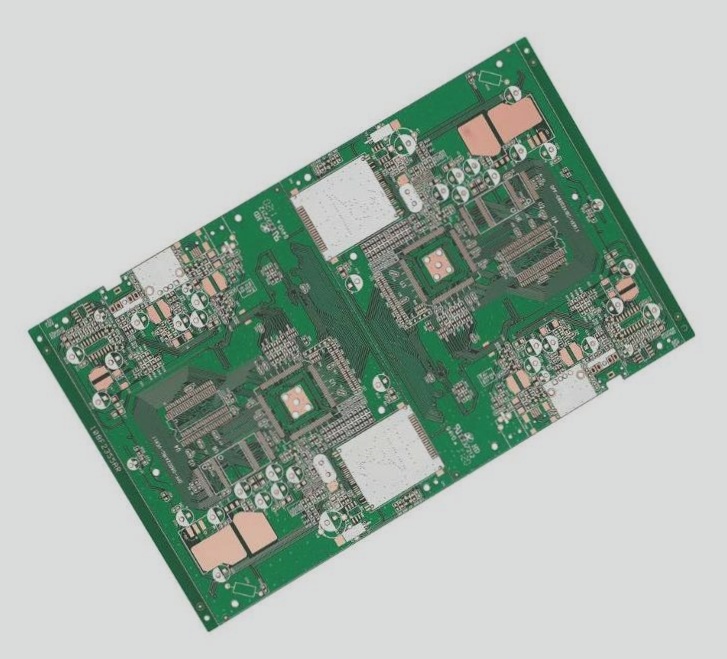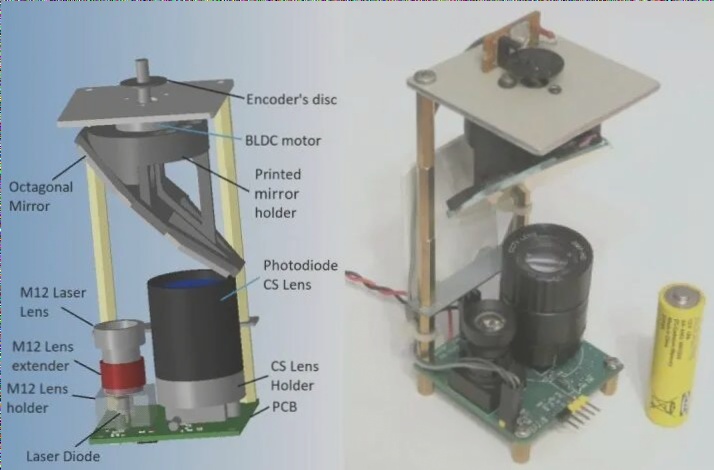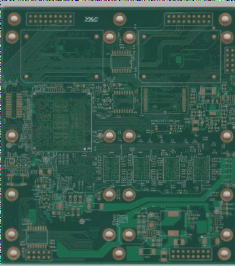Paste printing is crucial for achieving high-quality PCBA. It directly impacts the overall welding effect and is a key concern for production managers during PCBA processing. The quality of solder paste printing is determined by the steel mesh, solder paste, printing process, and detection methods.
The steel mesh opening must be adjusted according to the layout of electronic components on the PCBA board to ensure the right amount of solder paste and achieve optimal soldering effects. It is essential for process engineers to evaluate the steel mesh size and material, as it affects tension and durability.
Proper cleaning and storage of the steel mesh before each use is critical. Regular cleaning and checks for blockages and tin slag are necessary. Some manufacturers recommend using a steel mesh tensiometer to test tension before each use.
High-grade solder paste brands with active ingredients like gold or silver are preferred. Strict refrigeration and documentation of usage and recycling are required. A thorough mixing procedure is essential before use.
Automatic solder paste printing machines can control printing force and speed, with automatic cleaning functions. Operators must set parameters in accordance with regulations during mass production to detect and address potential issues.
Effective detection of defects during and after solder paste printing is crucial. The use of an SPI solder paste detector can identify issues such as inadequate tin, notches, and wire drawing to minimize overall welding PPM value.
Managing solder paste printing effects requires attention to detail and a closed-loop approach to identifying and addressing defects in the PCBA processing process.
The steel mesh opening must be adjusted according to the layout of electronic components on the PCBA board to ensure the right amount of solder paste and achieve optimal soldering effects. It is essential for process engineers to evaluate the steel mesh size and material, as it affects tension and durability.
Proper cleaning and storage of the steel mesh before each use is critical. Regular cleaning and checks for blockages and tin slag are necessary. Some manufacturers recommend using a steel mesh tensiometer to test tension before each use.
High-grade solder paste brands with active ingredients like gold or silver are preferred. Strict refrigeration and documentation of usage and recycling are required. A thorough mixing procedure is essential before use.
Automatic solder paste printing machines can control printing force and speed, with automatic cleaning functions. Operators must set parameters in accordance with regulations during mass production to detect and address potential issues.
Effective detection of defects during and after solder paste printing is crucial. The use of an SPI solder paste detector can identify issues such as inadequate tin, notches, and wire drawing to minimize overall welding PPM value.
Managing solder paste printing effects requires attention to detail and a closed-loop approach to identifying and addressing defects in the PCBA processing process.




